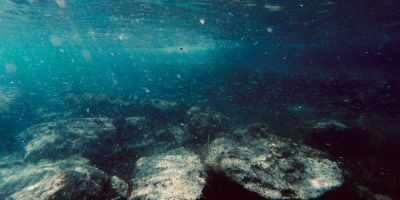News
Research reveals increasing surface meltwater in East Antarctica
Research conducted at the University of Leeds has helped to uncover a trend of increasing surface meltwater in East Antarctica, raising questions about future ice sheet behaviour.
Microplastics are pervasively buried in the deep sea
A new study reveals that microplastics are present in sediments throughout the Whittard Canyon – a submarine canyon off the coast of the UK.
New fossils reveal climate tipping point in most famous mass extinction
The collapse of tropical forests during Earth’s most catastrophic extinction event was the primary cause of the prolonged global warming which followed, according to new research.
Indonesia’s net zero network
A team from Leeds is working with Indonesian universities, non-government organisations and government agencies to establish a knowledge network in support of Indonesia’s transition to net zero.
Scientists find three years left of remaining carbon budget for 1.5°C
The central estimate of the remaining carbon budget for 1.5°C is 130 billion tonnes of carbon dioxide and will be exhausted in a little more than three years at current levels of emissions.






